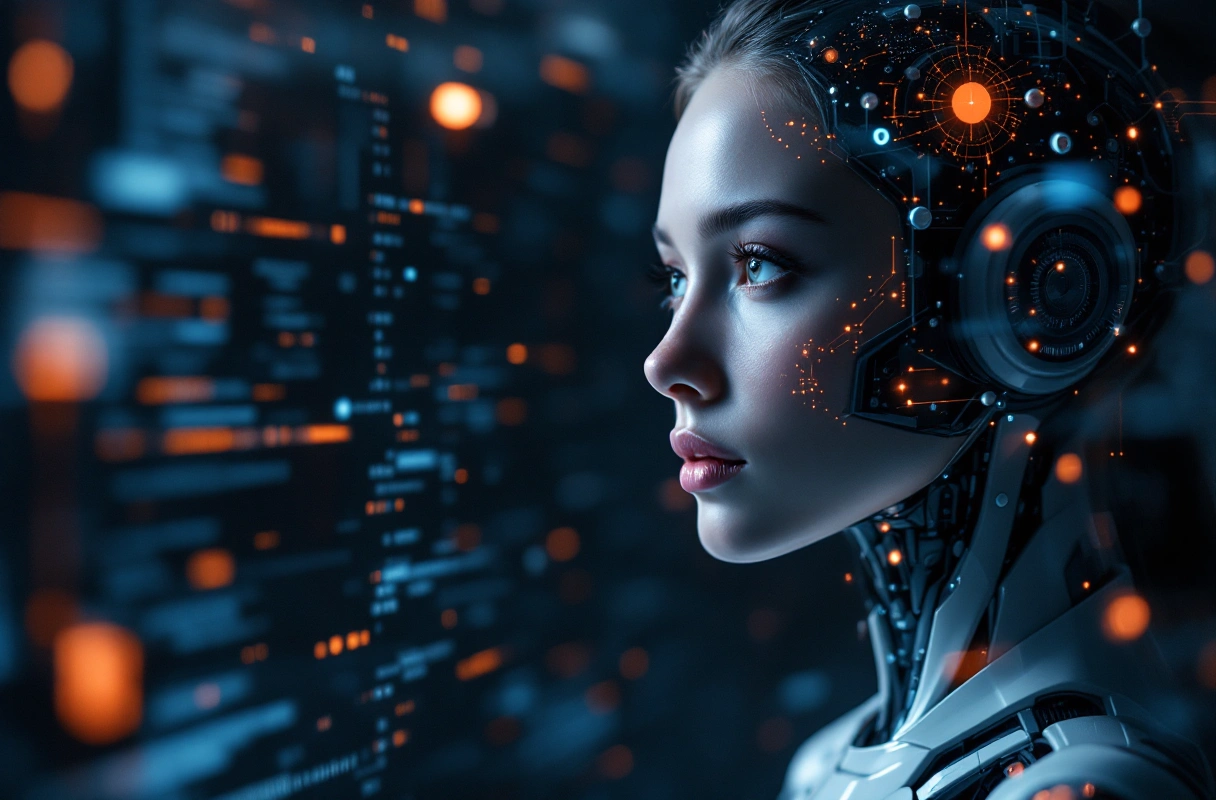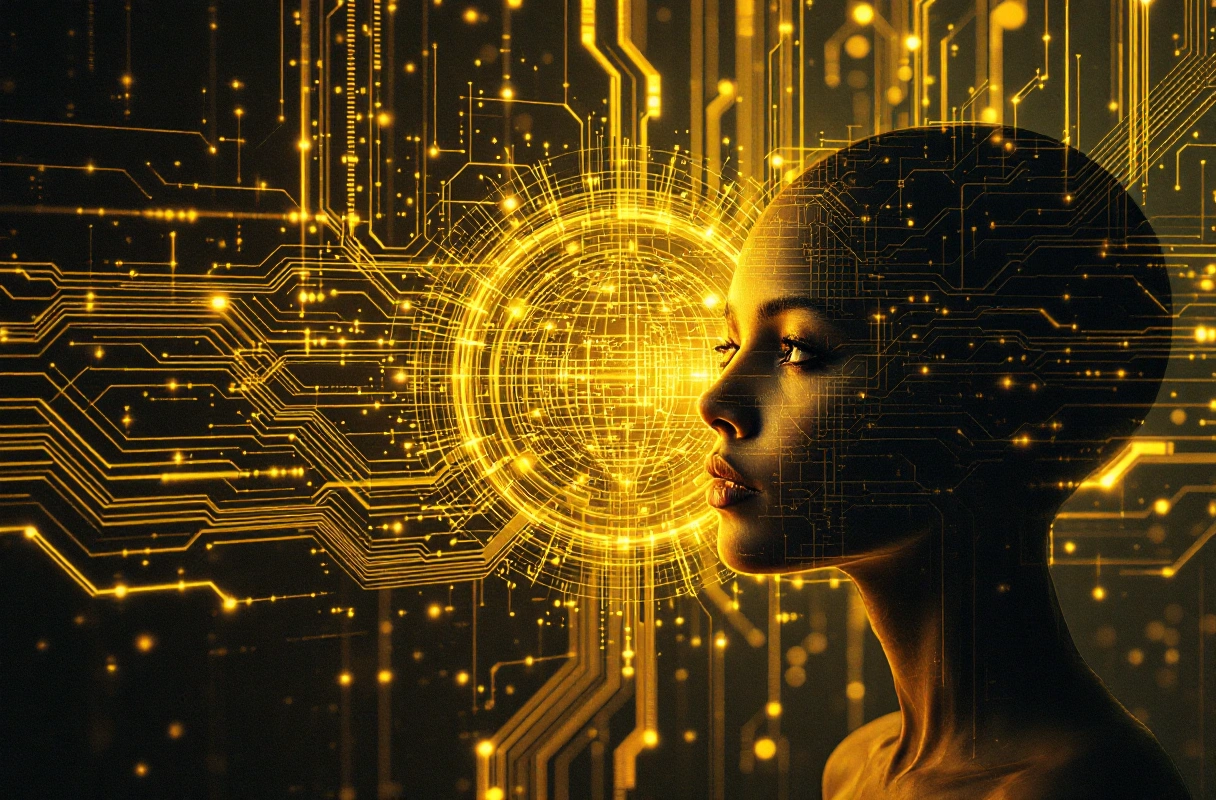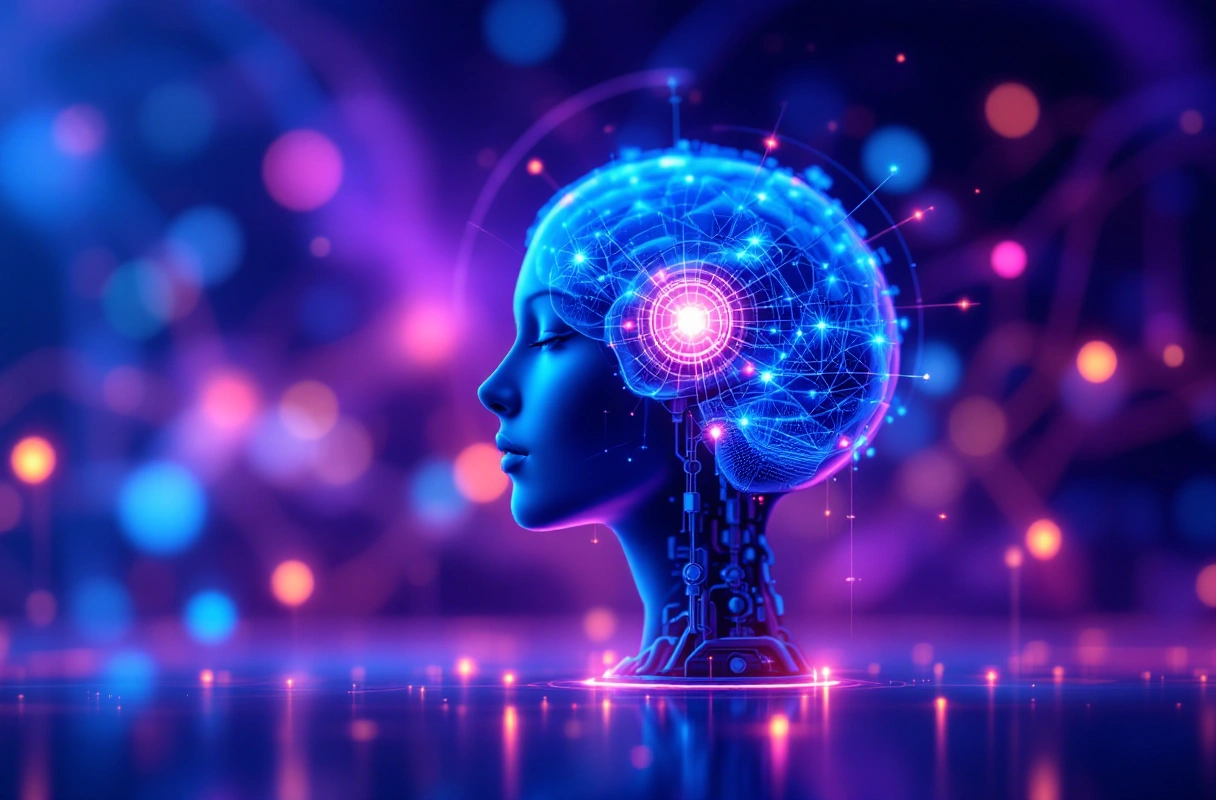Artificial intelligence (AI) has rapidly evolved from a theoretical concept into a practical tool that reshapes various industries, from healthcare to finance. As we navigate this complex landscape, understanding the key differences between artificial intelligence and human intelligence becomes essential. The implications of these differences not only inform how we integrate AI into our lives but also highlight the unique capabilities that human intelligence retains.
In this article, we will explore the fundamental distinctions between artificial intelligence and human intelligence, delve into the nuances of decentralized AI, and provide insights into comparing AI solutions for Web3 development. This comprehensive examination aims to equip you with the knowledge necessary to make informed decisions in a world increasingly influenced by AI technologies.
Understanding Artificial Intelligence

Artificial intelligence refers to the simulation of human intelligence processes by machines, particularly computer systems. These processes include learning, reasoning, and self-correction. AI technologies are designed to perform specific tasks, often with a level of efficiency and accuracy that surpasses human capabilities.
Key Characteristics of Artificial Intelligence
Artificial intelligence is distinguished by several characteristics:
- Speed and Efficiency: AI can process vast amounts of data rapidly, making it suitable for tasks that require quick decision-making.
- Consistency: Unlike humans, AI does not suffer from fatigue or emotional fluctuations, leading to more consistent performance.
- Scalability: AI systems can be scaled to handle larger datasets or more complex tasks without a corresponding increase in resources.
The Nature of Human Intelligence

Human intelligence is characterized by cognitive abilities such as problem-solving, emotional understanding, and creativity. It encompasses a range of skills, including reasoning, planning, learning, and adapting to new situations.
Unique Aspects of Human Intelligence
Several aspects set human intelligence apart from artificial intelligence:
- Emotional Intelligence: Humans possess the ability to understand and manage emotions, both in themselves and others. This emotional awareness is crucial for effective communication and relationship-building.
- Creativity: Human intelligence is marked by the ability to generate new ideas and concepts. This creative capacity drives innovation in art, science, and technology.
- Contextual Understanding: Humans excel at understanding context, which allows for nuanced decision-making. This capability is often lacking in AI systems, which may struggle to interpret complex social cues.
Limitations of Human Intelligence
While human intelligence is remarkable, it has inherent limitations:
- Cognitive Biases: Humans are prone to biases that can affect decision-making, leading to errors in judgment.
- Fatigue and Stress: Human performance can deteriorate under stress or fatigue, impacting productivity and decision-making capabilities.
- Information Overload: The human brain can struggle to process large amounts of information, making it challenging to analyze complex datasets effectively.
Comparing AI Solutions for Web3 Development

As Web3 technologies continue to evolve, the integration of artificial intelligence into decentralized applications (dApps) presents unique opportunities and challenges. Understanding how to evaluate AI solutions for Web3 is crucial for developers and entrepreneurs in the blockchain space.
Factors to Consider When Choosing AI Solutions
When selecting AI solutions for Web3 development, consider the following factors:
- Compatibility with Blockchain Technology: Ensure that the AI solution can seamlessly integrate with the blockchain framework you are using.
- Scalability: Choose AI systems that can scale with your dApp's growth, accommodating increased user activity and data processing needs.
- Data Privacy and Security: Evaluate how the AI solution handles sensitive data, ensuring compliance with privacy regulations and maintaining user trust.
Benefits of Integrating AI in Web3
Integrating artificial intelligence into Web3 applications offers several advantages:
- Enhanced User Experience: AI can personalize user interactions, making dApps more intuitive and engaging.
- Automated Decision-Making: AI can streamline processes by automating decisions based on data analysis, improving efficiency in decentralized governance.
- Predictive Analytics: AI can analyze trends and user behavior, providing valuable insights that inform development and marketing strategies.
Common Mistakes to Avoid in AI Implementation
When implementing AI solutions in Web3, avoid these common pitfalls:
- Neglecting User Education: Users may be unfamiliar with AI technologies. Providing educational resources can enhance adoption and usability.
- Overlooking Ethical Implications: Ensure that AI applications are designed with ethical considerations in mind, particularly regarding data privacy and algorithmic bias.
- Failing to Monitor Performance: Continuously evaluate the performance of AI systems to identify areas for improvement and ensure they meet user expectations.
The Future of Artificial Intelligence and Human Intelligence
The relationship between artificial intelligence and human intelligence is evolving. As AI systems become more capable, they will increasingly complement human decision-making rather than replace it. Understanding this dynamic is essential for harnessing the strengths of both forms of intelligence.
Collaboration Between AI and Humans
The future will likely see a collaborative approach where AI tools assist humans in various tasks:
- Augmented Decision-Making: AI can provide data-driven insights that enhance human decision-making, particularly in complex scenarios.
- Creative Collaboration: Artists and creators can leverage AI tools to inspire new ideas and push the boundaries of creativity.
- Emotional and Social Intelligence: Human intelligence will remain vital in areas requiring empathy and social understanding, ensuring that AI applications are used responsibly.
Preparing for the AI-Driven Future
To thrive in an AI-driven future, individuals and organizations should consider the following strategies:
- Invest in AI Literacy: Understanding AI technologies will be crucial for navigating the changing landscape. Training programs and workshops can enhance knowledge and skills.
- Embrace Lifelong Learning: Continuous learning will be essential as AI technologies evolve. Staying informed about industry trends can provide a competitive advantage.
- Foster Ethical AI Practices: Organizations should prioritize ethical considerations in AI development, ensuring that their applications align with societal values and norms.
Edge of Show: Your Partner in Navigating AI and Web3
Artificial intelligence and human intelligence each bring unique strengths—and together, they open powerful possibilities for the future of Web3. As AI becomes more deeply integrated into decentralized technologies, those who understand how to harness both will be best positioned to innovate and succeed.
At Edge of Show, we explore how AI and Web3 intersect, spotlighting the people and ideas driving this evolution. Tune in to the Edge of Show podcast to discover how these technologies are reshaping the decentralized ecosystem—and what it means for builders, creators, and investors.


.jpg)

.jpg)
.webp)
.webp)
.webp)


.svg)









